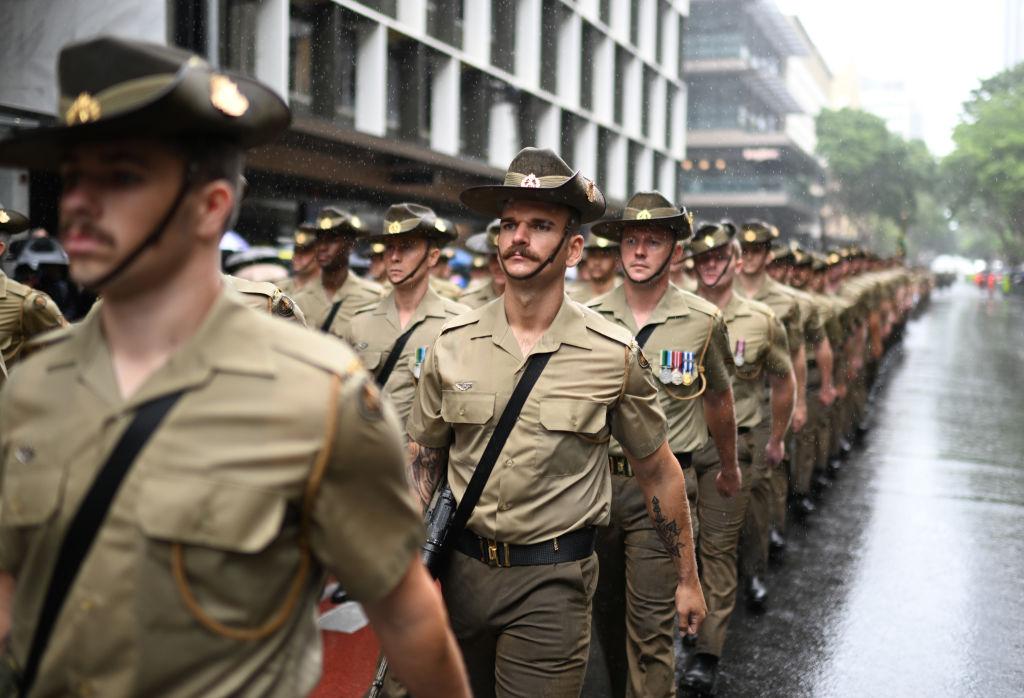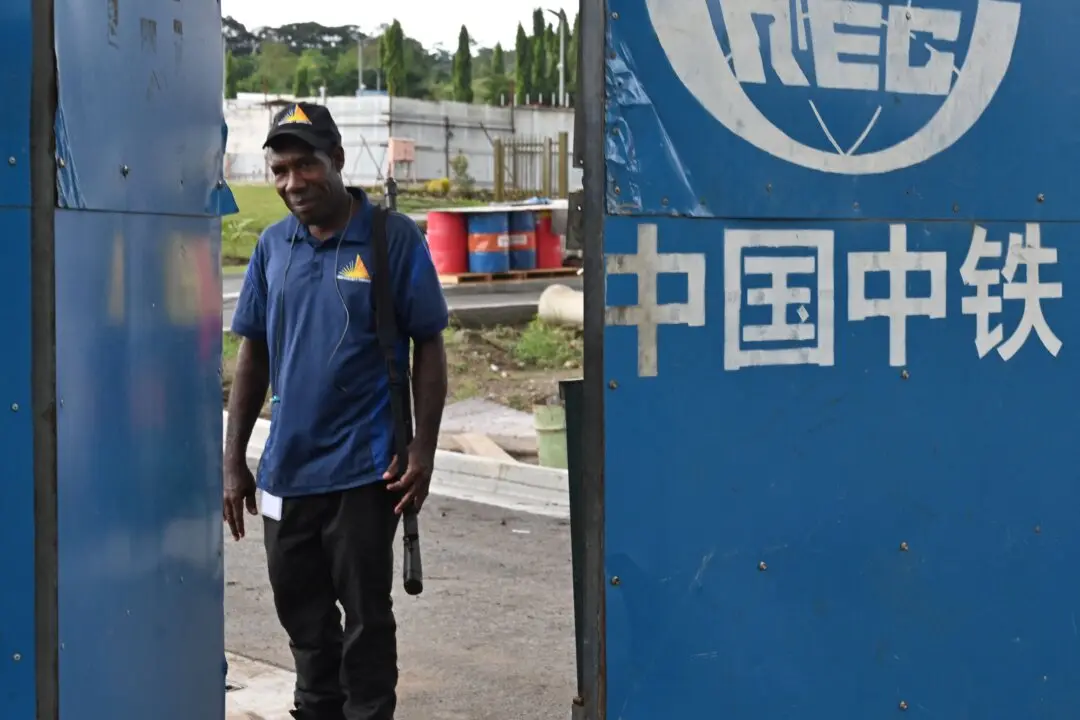It was customary for soldiers of the Australian Defence Force (ADF) to “break in” their standard combat boots.
“There were not many people who actually had to carry packs and equipment long distances who didn’t have to bash these boots in to make sure they didn’t hurt their feet,” said Heston Russell, a former special forces operative and now-veteran advocate.





